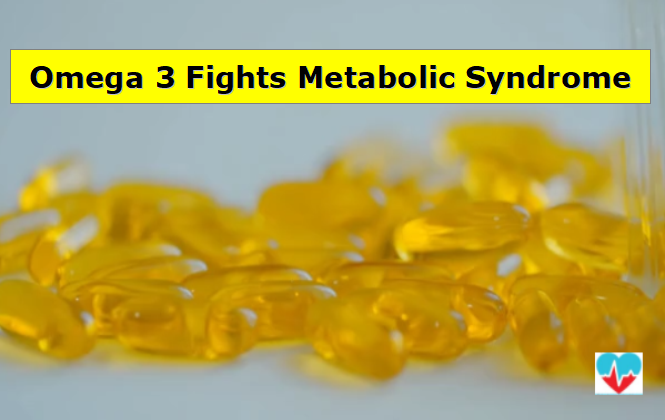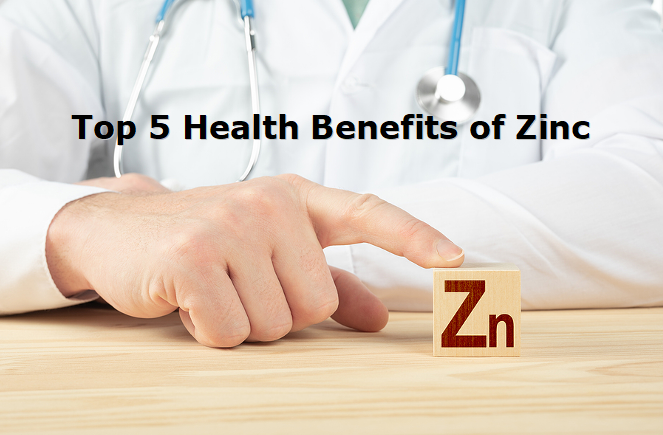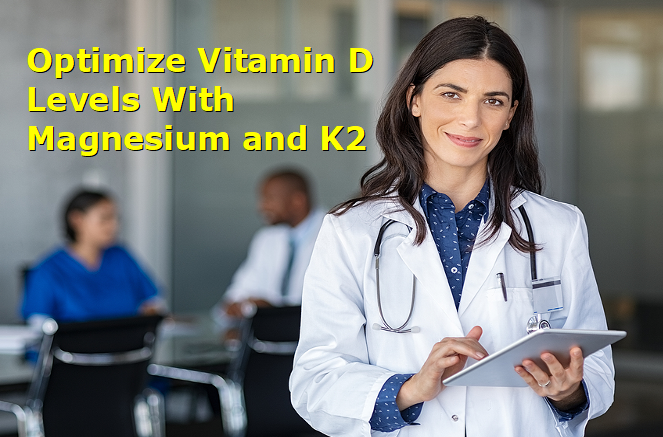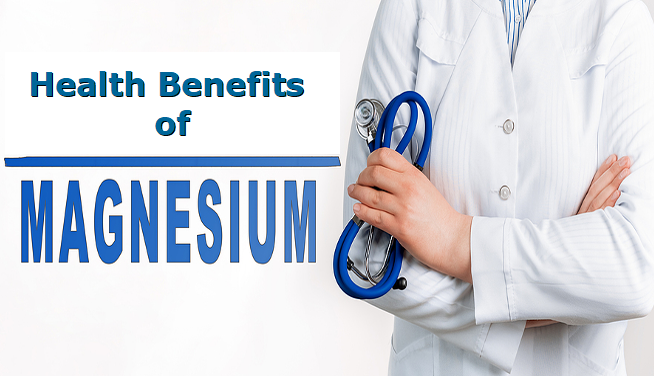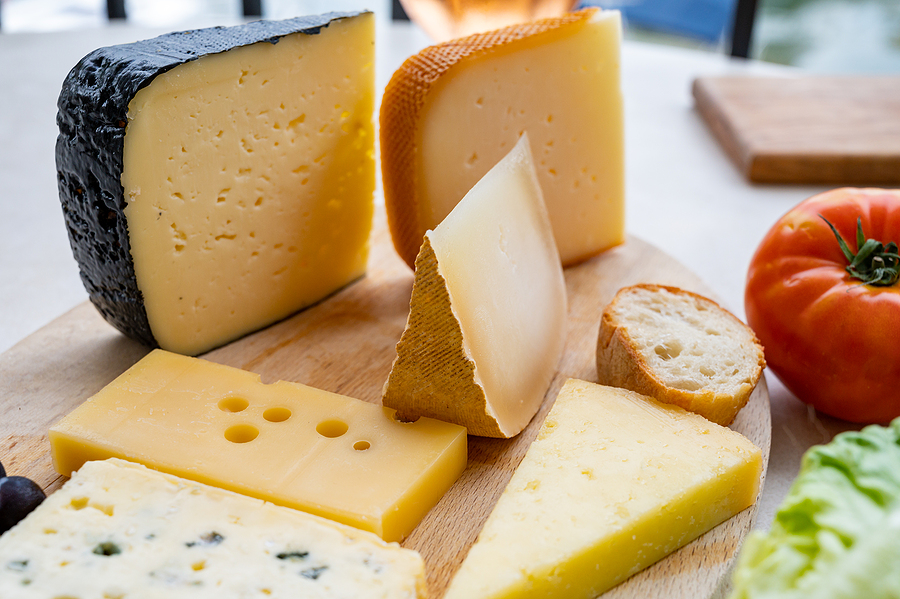The purpose of this article is to help men understand the role nitric oxide plays in erectile dysfunction or ED.
To best understand this information on nitric oxide and erectile dysfunction, I would recommend watching my YouTube video below. If you prefer reading about it, then the text is below.
According to the Cleveland Clinic, approximately 52 percent of men experience ED. When this issue is broken down by age about 40% of men age 40 and as high as 70% of men age 70 are dealing with some level of erectile dysfunction.
While there can be some health issues, and certain medications that contribute to this, in most cases it’s due to insufficient production of nitric oxide.
Nitric oxide is absolutely necessary for an erection. In fact, the bottom line is this:
No NO No Sex!
The capital NO stands for Nitric Oxide.
No nitric oxide production and there will be no erection.
Little nitric oxide production and you will have a weak erection that can’t be maintained.
Proper nitric oxide production helps you maintain proper sexual function.
To help you understand how this works I need to spend some time talking about male anatomy. Read More →

